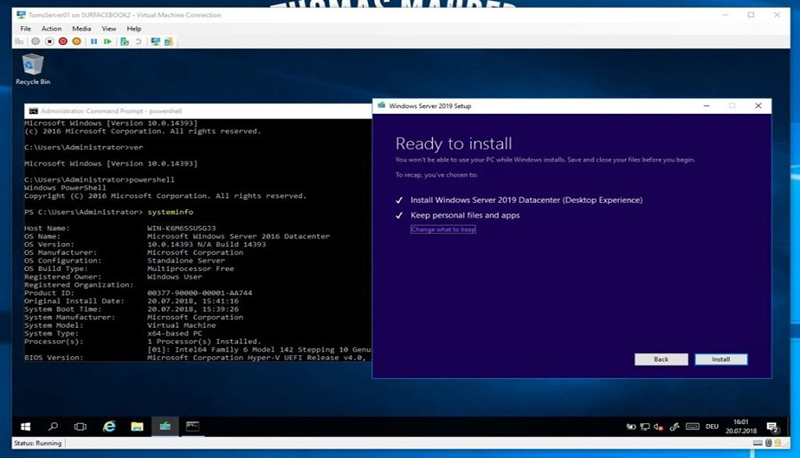

In order to activate clients, the KMS uses a KMS host key. KB4471320 – December 2018 Monthly Rollup ( Information, Download).

KB3173424 – Servicing stack update ( Information, Download).Ģ. KB4467684 – November Cumulative Update or above ( Information, Download).ġ. KB4132216 – Servicing stack update, May 18 ( Information, Download).Ģ. Pay attention that Windows Server 2016 and Windows Server 2012R2 will require to install the following KB’s in order activate the newest Windows 10 Enterprise LTSC and Windows Server 2019:ġ. Semi-Annual and Long-Term Service Channel (LTSC) are both supported by the KMS. PrerequisitesĪ KMS host running on Windows Server 2019/2016/2012R2 can activate all Windows versions, including Windows Server 2019 and Windows 10 all the way down to Windows Server 2008R2 and Windows 7. The KMS clients connect to the KMS host for activation of both Windows and Office. The KMS server, called ‘KMS host’, is installed on a server in your local network. KMS, like MAK, is an activation method for Microsoft products, including Windows and Office.

In this blog post, we’ll shed some light on these subjects and explain how to deploy and use Volume Activation services correctly. Windows Activation and KMS have been around for many years – and still – a lot of people don’t understand the basics of Windows activation, what are the differences between KMS and MAK, and how to choose the best Volume Activation method that meets the organization’s needs.


 0 kommentar(er)
0 kommentar(er)
